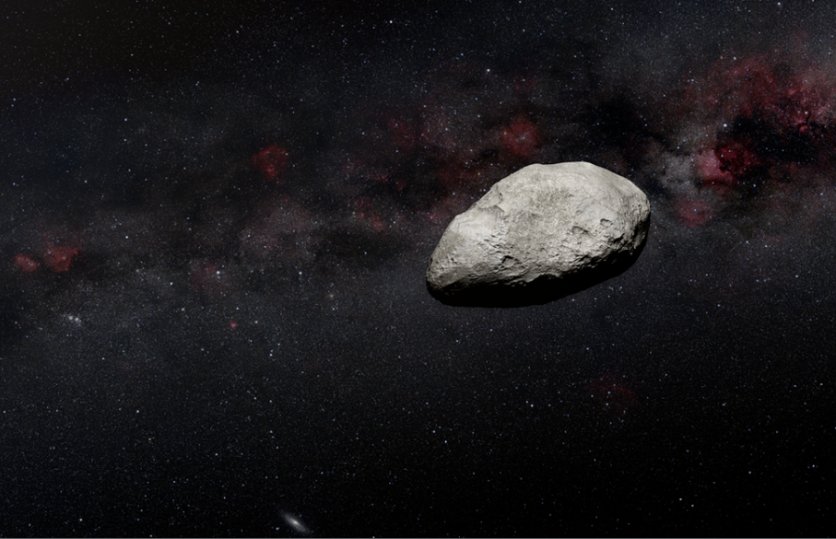NASA's James Webb Space Telescope caught a tiny photo bomber in space!
An international team of European astronomers has discovered an asteroid about the size of Rome's Colosseum which ranges in length from 300 to 650 feet (100 to 200 meters) with the help of Webb's powerful vision.
The astronomers accidentally discovered an asteroid during the Mid-InfraRed Instrument (MIRI) calibration, which provided the data for their project.
The object, which is most likely the tiniest Webb has seen to date, could be an example of an asteroid belt object less than 0.6 miles (1 kilometer) long and is situated between Mars and Jupiter.

Failed Observations but Scientifically Useful
Thomas Müller, an astronomer at the Max Planck Institute for Extraterrestrial Physics, noted that these are some of the first measurements intended for the ecliptic plane.
He adds that their work indicates that Webb's instrument can detect more objects like the tiny asteroid.
These observations were merely calibration images of the main belt asteroid (10920) 1998 BC1, which was discovered in 1998.
However, these observations have failed due to technical issues. The calibration team cited the brightness of the object and an off-center telescope pointing for the failure.
The team developed and tested a new method for measuring an object's size and constraining its orbit with information from asteroid 10920.
The method's validity was proven for asteroid 10920 using MIRI observations as well as data from ground-based observatories and the ESA's Gaia mission.
They also analyzed the MIRI data when they found the tiny object in the same field of view.
The team's findings indicate that the asteroid has an orbit with low inclinations. It measured 100 to 200 meters and was caught by Webb during its observations in the inner main-belt region.
Müller said their results prove that failed Webb observations can still be scientifically useful.
Read Also : NASA's James Webb Space Telescope Snaps an Incredibly Detailed View of a Crowded Field of Galaxies
Search for New Asteroids
The unexpected discovery may indicate that Webb's powerful vision could detect new asteroids in the future. The team believes that even short MIRI observations in the solar system's place could lead to more discoveries like this.
According to NASA, more positional information about background stars from follow-up investigations is necessary to restrict the object's orbit and establish that the object spotted is a freshly discovered asteroid.
Bryan Holler, a Webb support scientist at the Space Telescope Science Institute in Baltimore, Maryland, said that this is an excellent discovery that emphasizes MIRI's ability to accidentally discover an asteroid of previously undetectable size in the main belt.
Related Article: 'New Era in Astronomy': NASA James Webb Space Telescope's New Stunning Images and The Stories Behind Them

ⓒ 2025 TECHTIMES.com All rights reserved. Do not reproduce without permission.




